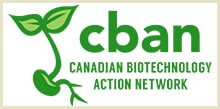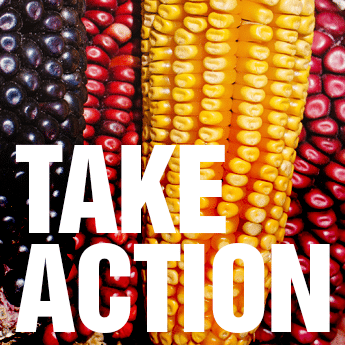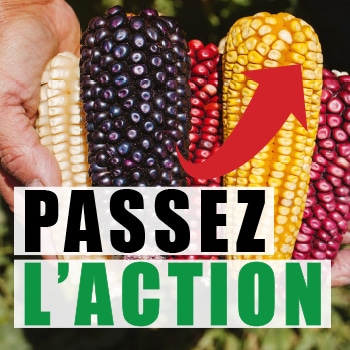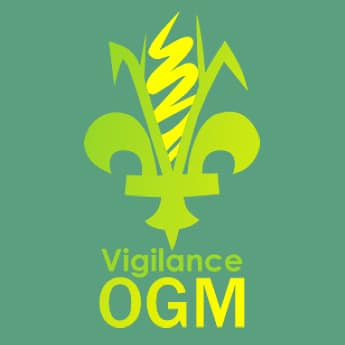Biotechnology industry recommendations on regulating genome editing
April 5, 2021
Multinational biotechnology and pesticide companies and their lobby group CropLife Canada have asked for regulatory changes because seed companies want easier, faster regulations, for the new genetic engineering techniques of genome editing (also called gene editing) in particular. Health Canada’s 2021 proposals to change regulatory guidance for genetically engineered foods align with recommendations made by CropLife Canada, and repeat much of the language and rationale used by CropLife.
As early 2016, CropLife Canada was lobbying for tiered risk assessment, particularly of genome editing. In its 2016 submission to the House of Commons Standing Committee on Agriculture and Agri-Food, CropLife Canada made two recommendations:
- that the Government of Canada “publicly commit to improving the efficiency of the approval system for products of both plant and animal biotechnology” and,
- that the Government of Canada develop a tiered risk assessment process.
CropLife described these recommendations for regulatory reform as aligned with the Government of Canada’s new Innovation Agenda, particularly the commitment to support the “Ease of Doing Business”.
CropLife Canada’s 2017 Annual Report noted, “To further the goal of streamlining the regulatory system, CropLife Canada partnered with the Canada Grains Council and the Canadian Seed Trade Association to host a workshop on the future of plant breeding oversight in Canada. Over 60 participants across a wide range of the seed sector unanimously agreed that a tiered evaluation system, commensurate with the level of potential risk, should be adopted by CFIA and Health Canada.”
The 2017 federal Budget set up six Economic Strategy Tables to “lead the creation of Canada’s economic growth strategies”, one of which was on Agri-Food. The 2018 report from the Economic Strategy on Agri-food, set in motion a regulatory reform agenda that includes a targeted review of regulatory requirements with a focus on agri-food and aquaculture:
- “We encourage the government to use this review as an opportunity to support industry competitiveness.”
- For Canada’s agri-food sector to succeed, we need, “an agile regulatory system that supports innovation, provides certainty to industry, and protects health and safety” and “an agile regulatory system that promotes the competitiveness of the agri-food sector and moves at the speed of commerce.”
- “Our call is to: Fundamentally transform regulatory processes to bolster Canada’s agri-food competitiveness by reforming regulators’ mandates to include innovation, growth and overall sector competitiveness as a core consideration.”
- The report goes as far as recommending the mandate of regulators be “modernized” to reflect the cumulative impact on competitiveness and “be based on the principles of investor confidence, be outcome-based, and consider the full range of regulatory and non-regulatory tools available.”
- “Modernize Canada’s regulatory approach for new technologies, with particular focus on precision breeding techniques (e.g., CRISPR), to ensure it continues to provide an efficient and predictable pathway to commercialization” including by “Improving guidance and clarity for product developers on the interpretation of Canada’s novelty-based regulatory trigger.”
In 2020, a report commissioned and published by AAFC called Looking Ahead: Trends and forces impacting the future of the seed industry said that “the Government of Canada has been working with the seed industry and other stakeholders on providing regulatory clarity for products of biotechnology.“
“We are monitoring the development of the global regulatory policies for products of CRISPR-Cas technology and are in regular consultation with global regulatory bodies and government agencies. We continue to encourage a science-based approach and believe that regulatory oversight should focus on the characteristics of the product — not the process by which it is created.” – Dupont (now Corteva), 2017

from “Looking Ahead: Trends and forces impacting the future of the seed industry“, AAFC, 2020.






